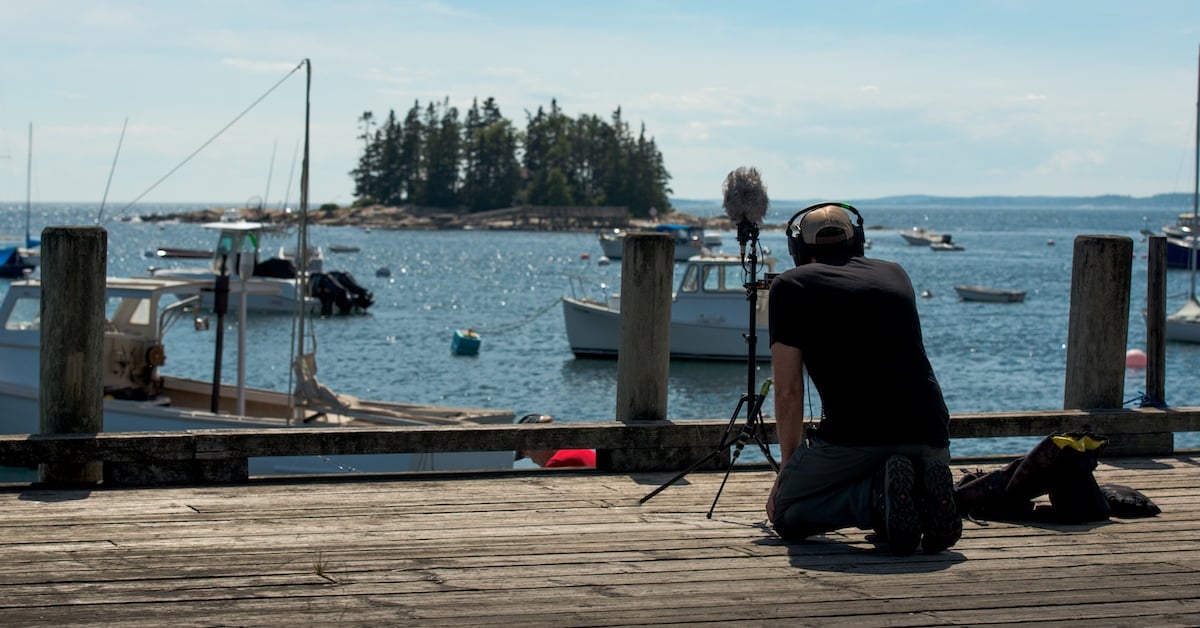
Spark your creativity with some of the most overlooked ways to create sound effects.
Have you searched your entire sound effects library for inspiration, feeling like your creative ideas are all spent? Or maybe you just want to explore new avenues for creating your own sound effects.
Journey into new sonic territory with these 5 unexpected sound effects sources:
1. Musical Instruments
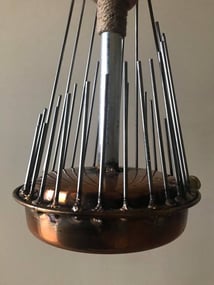 Musical Instruments are often seen as tools intended for composition, however, due to their very nature, they have in most cases been built to be acoustically pleasing, which makes them great for sound effects.
Musical Instruments are often seen as tools intended for composition, however, due to their very nature, they have in most cases been built to be acoustically pleasing, which makes them great for sound effects.
Particular instruments work great straight out of the box, whereas others will require some manipulation. Some of my favorite instruments for sound effects include:
- Violin for door creaks and screeches.
- Ocarina for owl and other bird sounds.
- Thunder Tube for the sound of space.
- Waterphone for unnerving stinger effects.
(Pictured to the right)
2. The Human Voice
Many sound designers forget the power they hold with the most primal tool of all – the voice. Stretching your voice to its extreme limits can provide a useful starting point for creature design. Your voice can be used to replicate animals with some practice, but you’d be surprised how useful it can be for further design in other areas.
We were once asked by a director to create the sound of an octopus’ voice as it squeezes out of a character's nose. I recorded my voice squealing at it’s highest possible pitch until it cracked, which the director loved and it required no audio manipulation!
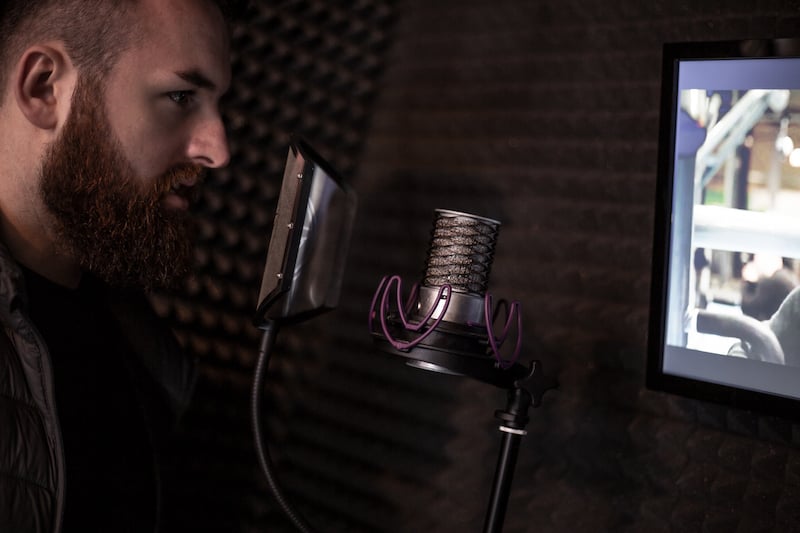
3. Your Studio and Home
Another sound effects goldmine is your studio and home environment. Sitting right under your nose, you’ve probably taken for granted the items around you that you listen to and interact with every day.
Whether its a particularly characterful door creak, a ticking clock, or in our case, a lot of our studio decor. These sounds are easy to record and could be the missing piece in your sound effects tracklay.
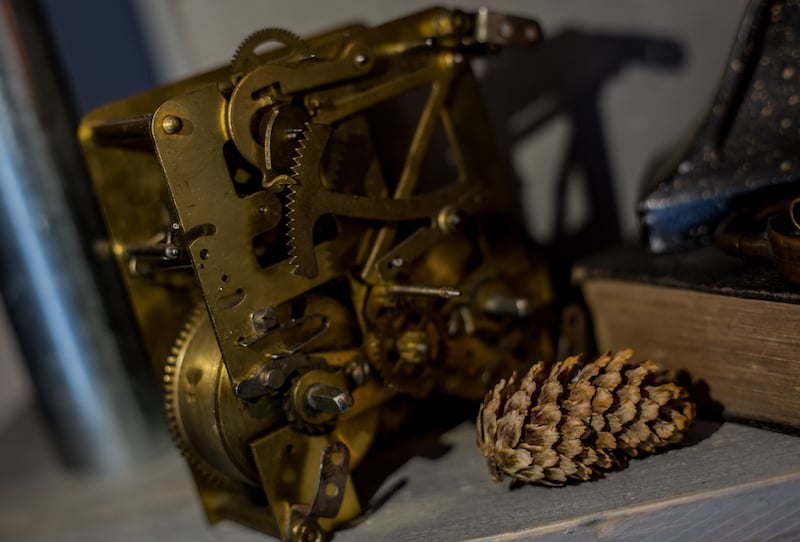
4. Sound Effects Trading
One source of sound effects that is truly indispensable is the online sound community via Facebook groups and forums, i.e. the Sound Design Facebook Group. If there is a sound that isn’t available in your library or elsewhere - perhaps it is from a foreign country, or a vehicle you don’t have access to, the sound community may be able to offer a sound effects trade (where you swap effects you’ve recorded for effects they have).
This has been very successful on a number of projects, including one where I had to source German voices and one where I had to source Japanese wildlife that didn’t exist in my library. The Sound Effects & Sound Design community is incredibly helpful, so join a few groups and start contributing to discussions!

5. Traveling
When traveling, you should always take at least your portable recorder, as it is very likely that you will be hearing a number of sounds that you wouldn’t hear where you live. Even if you are staying within the same country, you can capture crowds with different dialects, or even very specific location related material. Just make sure that you spend as much time enjoying your trip as you do enjoying the recording!
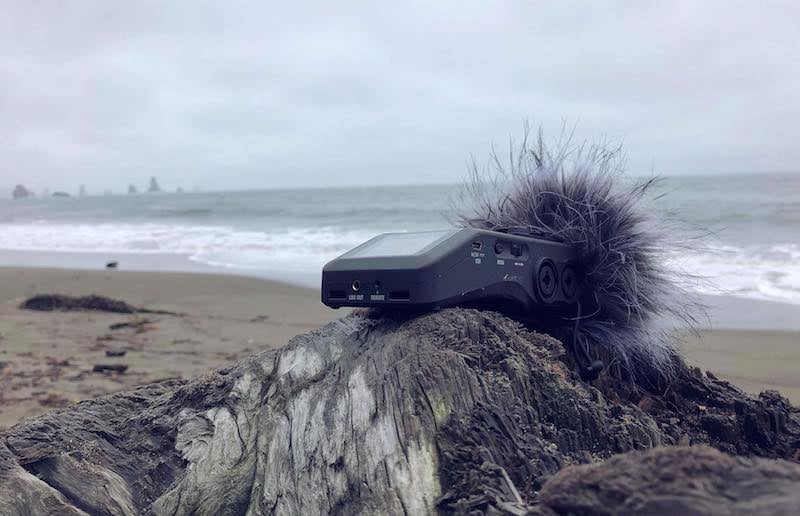
-2.png?width=100&name=staff_162%20(1)-2.png) Thanks to Alex Gregson of 344Audio for sharing these tips and tricks!
Thanks to Alex Gregson of 344Audio for sharing these tips and tricks!
Follow Alex Gregson:
Facebook: 344 Audio
Twitter: @344audio
Instagram: @344audio












